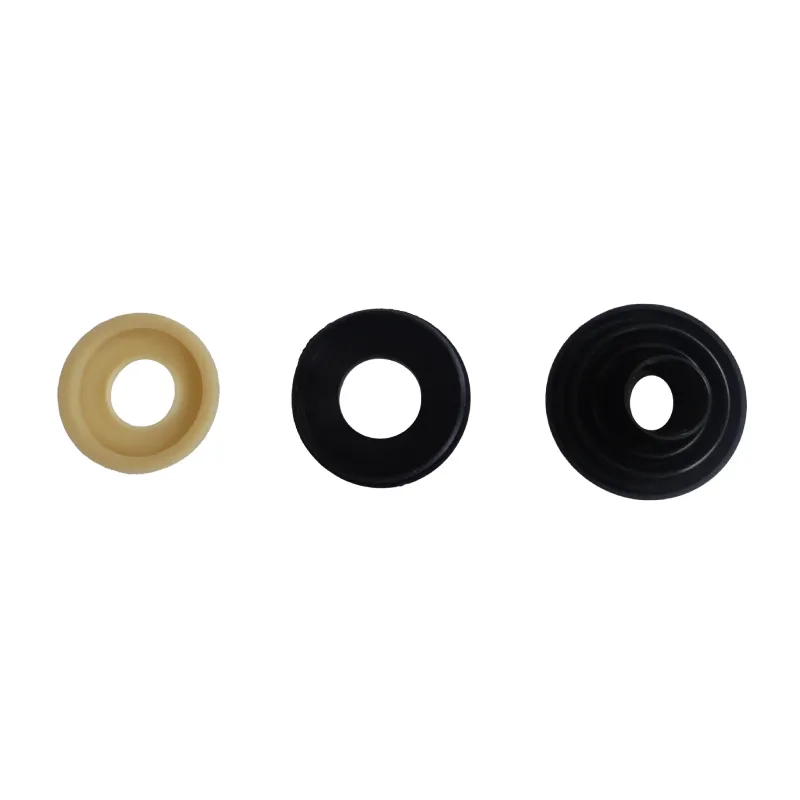 Afrikaans
Afrikaans  Albanian
Albanian  Amharic
Amharic  Arabic
Arabic  Armenian
Armenian  Azerbaijani
Azerbaijani  Basque
Basque  Belarusian
Belarusian  Bengali
Bengali  Bosnian
Bosnian  Bulgarian
Bulgarian  Catalan
Catalan  Cebuano
Cebuano  Corsican
Corsican  Croatian
Croatian  Czech
Czech  Danish
Danish  Dutch
Dutch  English
English  Esperanto
Esperanto  Estonian
Estonian  Finnish
Finnish  French
French  Frisian
Frisian  Galician
Galician  Georgian
Georgian  German
German  Greek
Greek  Gujarati
Gujarati  Haitian Creole
Haitian Creole  hausa
hausa  hawaiian
hawaiian  Hebrew
Hebrew  Hindi
Hindi  Miao
Miao  Hungarian
Hungarian  Icelandic
Icelandic  igbo
igbo  Indonesian
Indonesian  irish
irish  Italian
Italian  Japanese
Japanese  Javanese
Javanese  Kannada
Kannada  kazakh
kazakh  Khmer
Khmer  Rwandese
Rwandese  Korean
Korean  Kurdish
Kurdish  Kyrgyz
Kyrgyz  Lao
Lao  Latin
Latin  Latvian
Latvian  Lithuanian
Lithuanian  Luxembourgish
Luxembourgish  Macedonian
Macedonian  Malgashi
Malgashi  Malay
Malay  Malayalam
Malayalam  Maltese
Maltese  Maori
Maori  Marathi
Marathi  Mongolian
Mongolian  Myanmar
Myanmar  Nepali
Nepali  Norwegian
Norwegian  Norwegian
Norwegian  Occitan
Occitan  Pashto
Pashto  Persian
Persian  Polish
Polish  Portuguese
Portuguese  Punjabi
Punjabi  Romanian
Romanian  Russian
Russian  Samoan
Samoan  Scottish Gaelic
Scottish Gaelic  Serbian
Serbian  Sesotho
Sesotho  Shona
Shona  Sindhi
Sindhi  Sinhala
Sinhala  Slovak
Slovak  Slovenian
Slovenian  Somali
Somali  Spanish
Spanish  Sundanese
Sundanese  Swahili
Swahili  Swedish
Swedish  Tagalog
Tagalog  Tajik
Tajik  Tamil
Tamil  Tatar
Tatar  Telugu
Telugu  Thai
Thai  Turkish
Turkish  Turkmen
Turkmen  Ukrainian
Ukrainian  Urdu
Urdu  Uighur
Uighur  Uzbek
Uzbek  Vietnamese
Vietnamese  Welsh
Welsh  Bantu
Bantu  Yiddish
Yiddish  Yoruba
Yoruba  Zulu
Zulu Understanding the Dynamics Between Drive and Driven Pulleys in Mechanical Systems
Understanding Drive and Driven Pulleys Mechanisms of Motion
Pulleys are essential components in many mechanical systems, providing a means to transmit power and change the direction of motion. Among these, drive pulleys and driven pulleys play critical roles in various applications, from simple machines to complex industrial systems. Understanding the relationship and functionality of these two components can enhance our appreciation of mechanical engineering.
Understanding Drive and Driven Pulleys Mechanisms of Motion
On the other hand, the driven pulley is the second pulley in the system, receiving motion from the drive pulley. As the drive pulley turns, it accelerates the belt or rope, which in turn causes the driven pulley to rotate. The driven pulley can be connected to additional machinery, such as conveyor belts, saw blades, or other mechanical devices, allowing for the transfer of power and motion. The speed and torque of the driven pulley depend on the relative sizes of the drive and driven pulleys. For example, if the drive pulley is larger than the driven pulley, the driven pulley will rotate faster than the drive pulley, a principle known as speed reduction.
drive pulley and driven pulley

One of the key advantages of using a pulley system is its ability to modify mechanical advantage. By adjusting the size of the pulleys, engineers can create systems that optimize speed and torque for specific applications. For instance, in a manufacturing setting, a large drive pulley driving a smaller driven pulley can result in high-speed operations, making it ideal for processes that require rapid movement. Conversely, a smaller drive pulley connected to a larger driven pulley can enhance torque, suitable for applications like lifting heavy loads.
Moreover, drive and driven pulleys are often used in conjunction with additional pulleys in a block-and-tackle system, allowing for even greater mechanical advantages. This configuration can multiply the force applied, enabling operators to lift heavy objects with minimal effort. These systems are commonly found in cranes, elevators, and other lifting equipment, showcasing the versatility of pulley mechanisms.
Maintenance and proper alignment are critical in ensuring the efficiency and longevity of pulley systems. Over time, belts can wear out or stretch, causing slippage between the drive and driven pulleys. Regular inspection of tension, alignment, and wear is essential to maintain optimal performance. In some cases, lubrication may also be required to reduce friction and prevent excessive wear.
In conclusion, drive and driven pulleys form the backbone of many mechanical systems, allowing for efficient transmission of power and motion. Their design and functionality are integral to countless applications, from simple tasks to complex machinery. By understanding the mechanics of these components, engineers and operators can design more effective systems, optimizing performance and enhancing productivity across various industries. Whether in a factory setting or a simple mechanical setup, the relationship between drive and driven pulleys remains a fundamental principle of mechanical engineering, embodying the elegance of physics and innovation.
-
Revolutionizing Conveyor Reliability with Advanced Rubber Lagging PulleysNewsJul.22,2025
-
Powering Precision and Durability with Expert Manufacturers of Conveyor ComponentsNewsJul.22,2025
-
Optimizing Conveyor Systems with Advanced Conveyor AccessoriesNewsJul.22,2025
-
Maximize Conveyor Efficiency with Quality Conveyor Idler PulleysNewsJul.22,2025
-
Future-Proof Your Conveyor System with High-Performance Polyurethane RollerNewsJul.22,2025
-
Driving Efficiency Forward with Quality Idlers and RollersNewsJul.22,2025





























